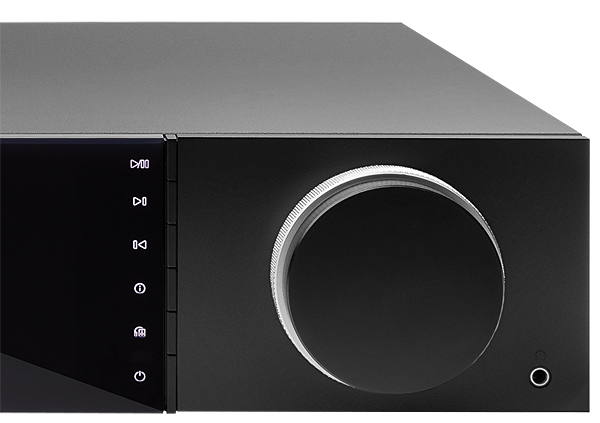| Columns Retired Columns & Blogs |
For $3k with all that it's got, this is going to put the cat among the pigeons, especially Class-D's that are just poweramps and cost far more. And it uses the in favour Hypex N-Core Class-D module (NC252P) not mentioned
Cheers George














































